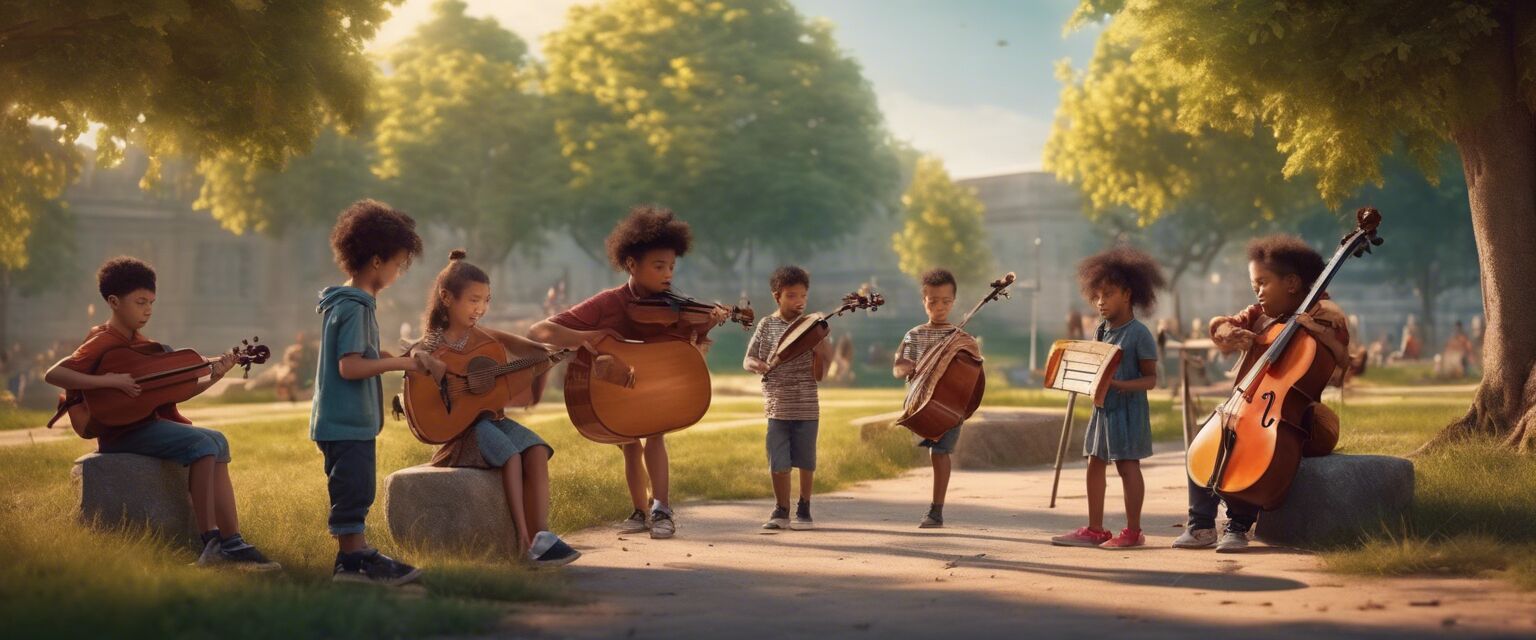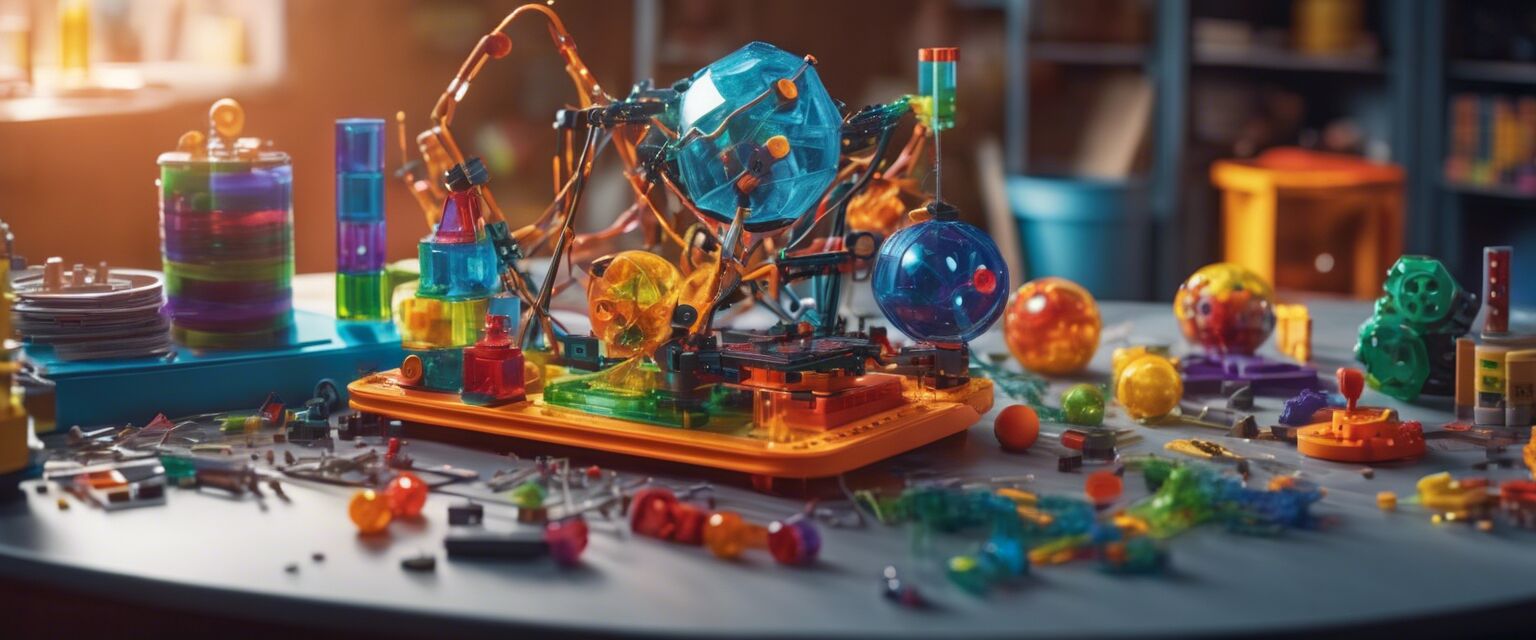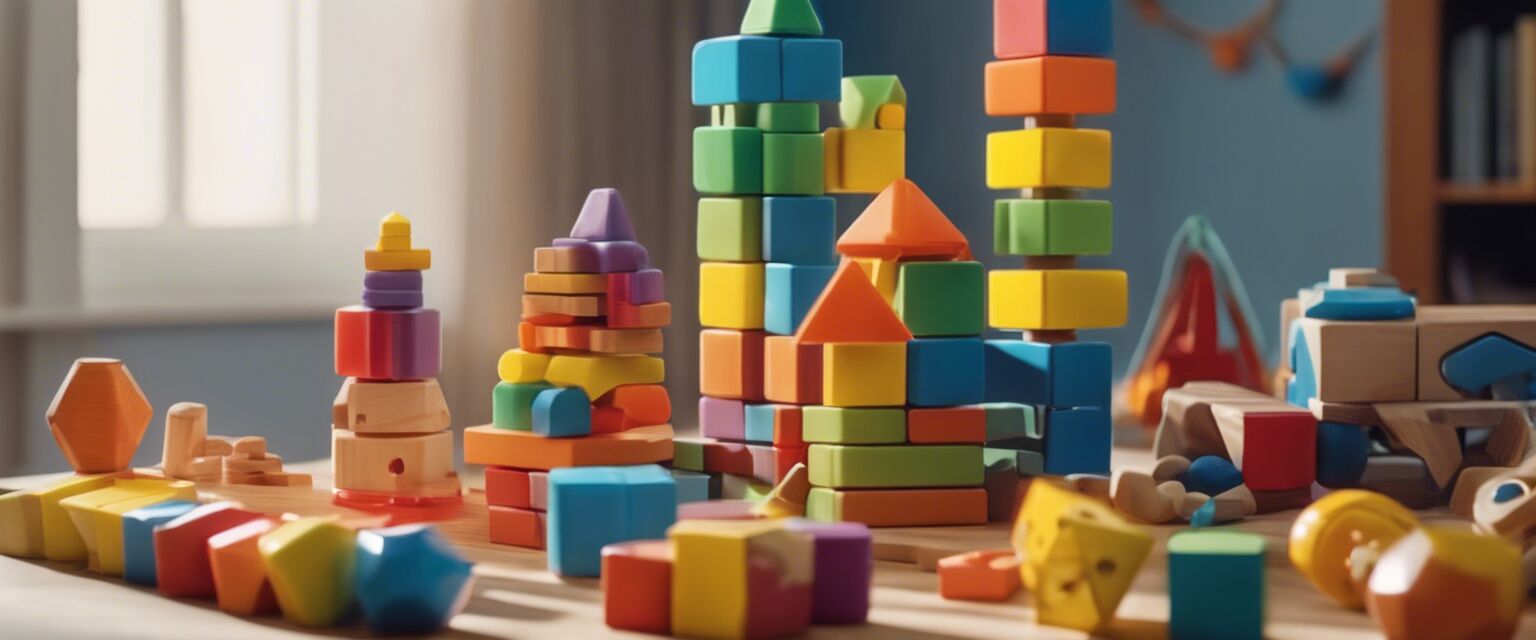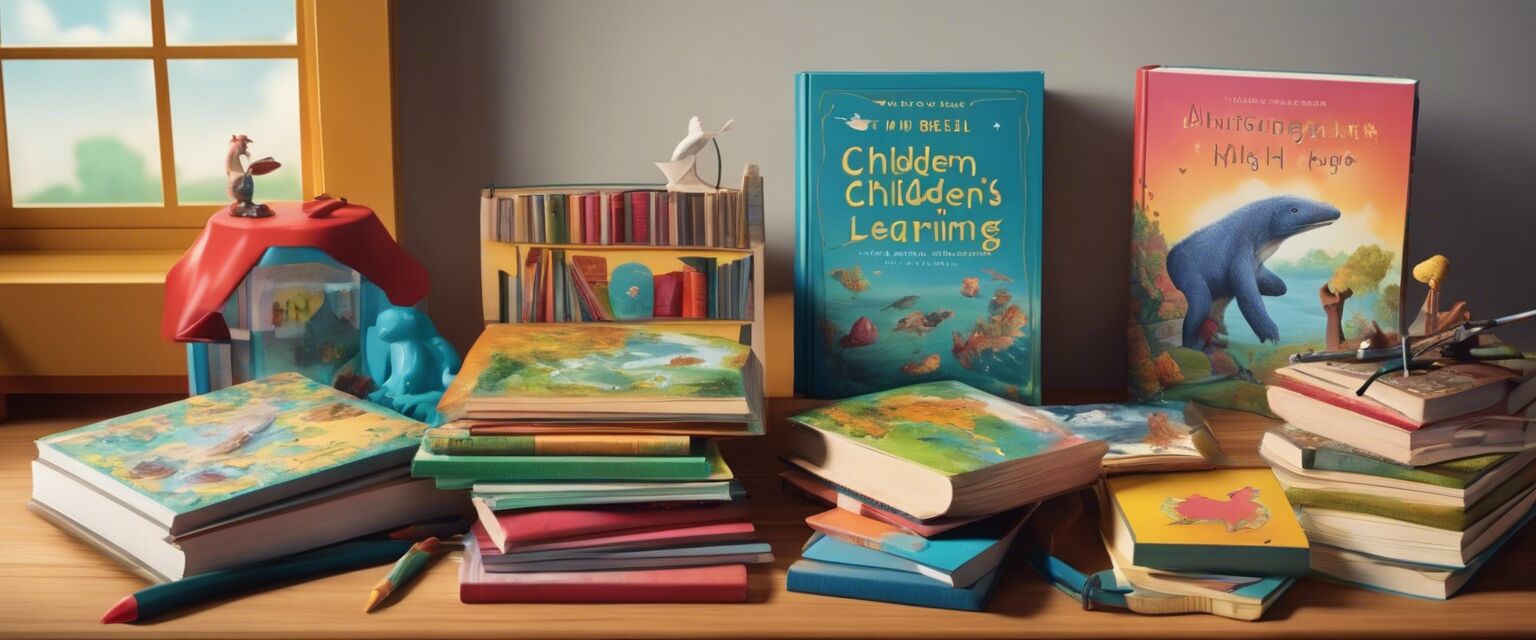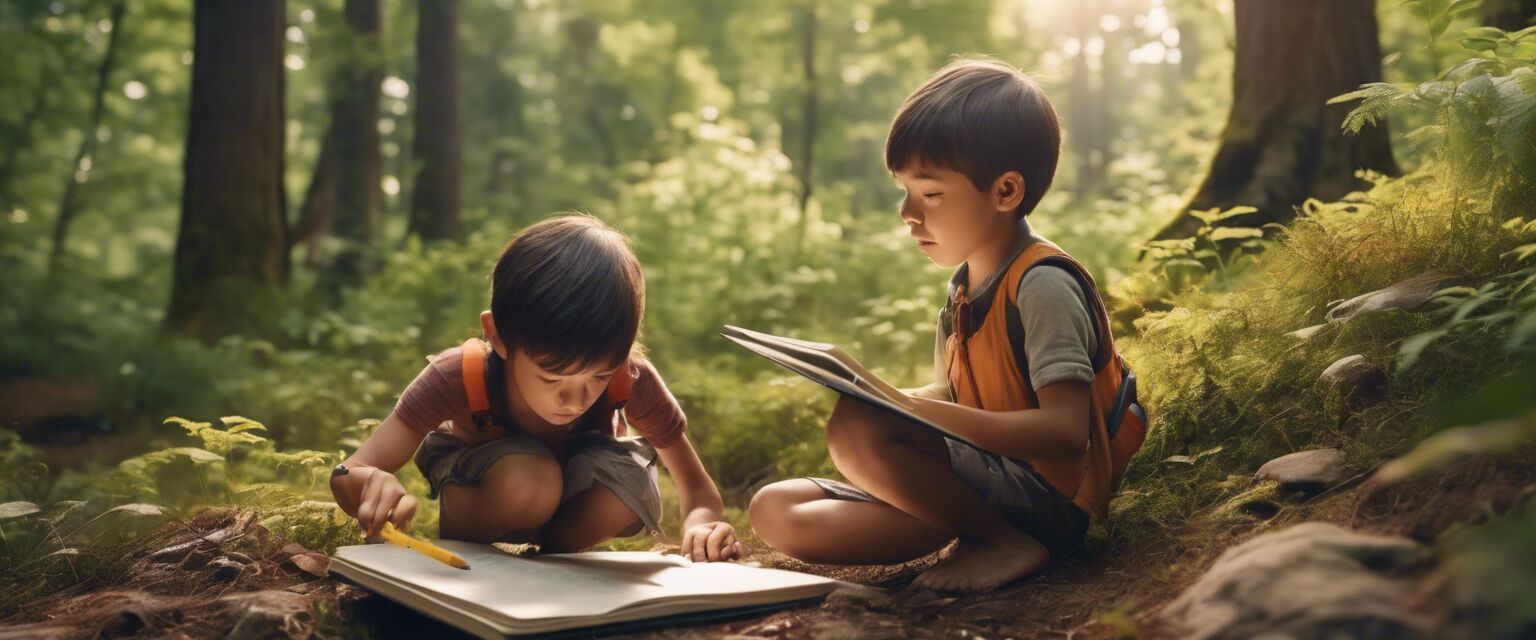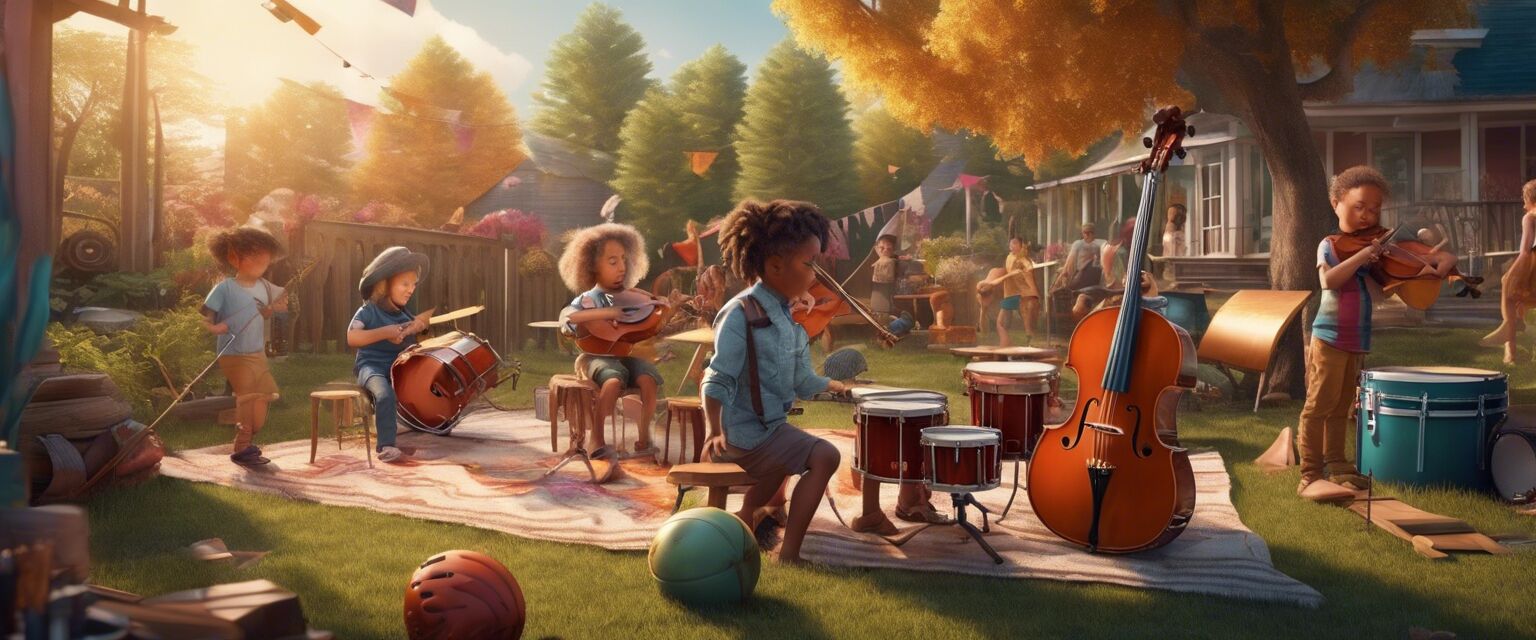
Music & Movement: Resources to Promote Music and Physical Activity for Kids
Engaging children in music and physical activity not only fosters creativity but also supports their overall development. By integrating music and movement into educational experiences, we can promote learning in a fun and interactive way. This article explores various resources and activities that can enhance children's musical abilities while encouraging physical activity.
Key Takeaways
- Music enhances cognitive development in children.
- Physical activity through movement promotes healthy growth.
- Combining music and movement can improve social skills.
- Resources are available for parents and educators to facilitate these activities.
Why Music and Movement Matter
Integrating music and movement into children's routines can have profound effects on their development. Here are some reasons why these elements are crucial:
- Cognitive Development: Music stimulates brain development and enhances memory.
- Physical Coordination: Movement improves motor skills and coordination.
- Social Interaction: Group activities foster social skills and teamwork.
- Emotional Expression: Music allows children to express their feelings creatively.
Engaging Activities for Kids
Here are some fun activities you can incorporate into your routine to promote music and movement:
| Activity | Description | Benefits |
|---|---|---|
| Musical Chairs | A fun game where kids walk around chairs while music plays. | Enhances listening skills and encourages physical activity. |
| Dance Parties | Organize dance sessions where kids can express themselves through dance. | Boosts confidence and creativity. |
| Rhythm Games | Use instruments or claps to create rhythms and patterns. | Improves timing and coordination. |
| Movement Songs | Songs that require kids to perform movements (e.g., "Head, Shoulders, Knees, and Toes"). | Encourages physical activity and memorization. |
Resources for Music and Movement Activities
There are many resources available for parents and educators to promote music and movement:
- Musical instruments for kids
- Learning games that incorporate music
- Art and craft supplies for music-themed projects
- Outdoor gear for active music and movement sessions
- Educational technology with music apps
Creating a Music & Movement Environment
To effectively promote music and movement, consider creating an environment conducive to these activities:
- Designate an area for music and movement activities.
- Ensure easy access to musical instruments and props.
- Use colorful decorations to create an inviting atmosphere.
- Incorporate various genres of music to explore different rhythms and styles.
- Encourage participation from all children, regardless of their skill levels.
Pros and Cons of Music and Movement Activities
Pros
- Encourages physical activity and helps maintain a healthy weight.
- Develops a love for music and movement from an early age.
- Enhances cognitive skills and memory retention.
- Promotes social interaction and teamwork.
Cons
- Can be challenging to engage all children equally.
- May require space and resources that are not readily available.
- Some children may be shy or reluctant to participate.
Tips for Parents and Educators
Beginner's Section
- Start small: Introduce one activity at a time.
- Be patient: Children develop at different rates.
- Make learning fun: Use games and playful approaches.
- Encourage creativity: Allow kids to express themselves freely.
- Incorporate everyday items: Use household objects as instruments.
Conclusion
Music and movement are essential components in a childâs development. By integrating these elements into everyday activities, we can create a well-rounded educational experience that promotes physical health, cognitive skills, and social interaction. Explore the available resources and engage your kids in the joyful world of music and movement!
